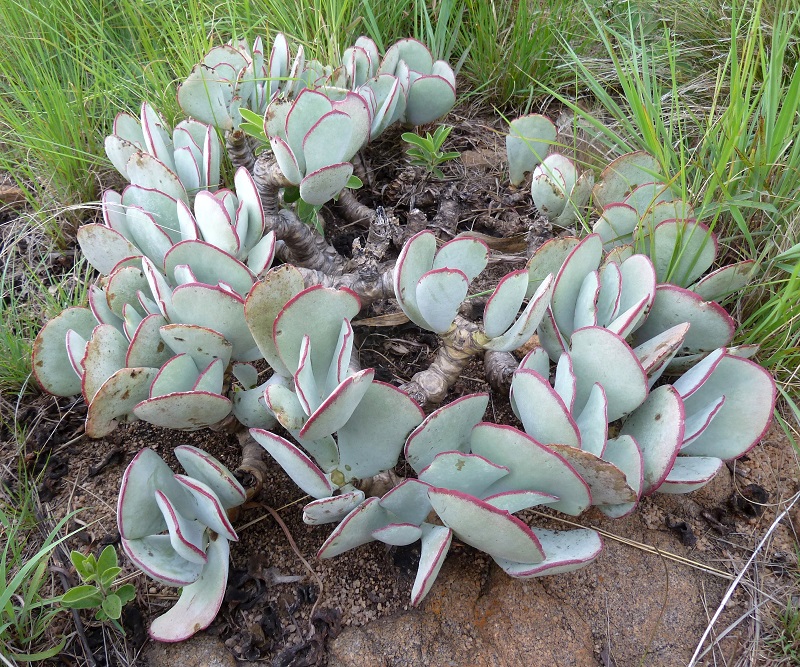The botanical genus Cotyledon Genus is a succulent or non-cacti succulent plant whose species are very easy to care for, even simpler to multiply and very decorative.
They grow in South Africa but, although it may seem otherwise, they resist mild frost.
It is not demanding, so you can have both potted and isolated specimens or in groups in different sunny corners of the garden.
Cotyledon which is a term that refers to the first two leaves that emerge from the seed once it germinates is an incredible succulent.
It can grow up to 60cm, but if you consider this to be a lot you can always prune it and plant the stems in spring or summer in other pots or in the garden.
Taking care of this plant is a simple and pleasant task since you can be sure that it will be really difficult for you to lose it.
You may like Sticks of Fire Succulent
Tips to take care of the Cotyledon Genus
Illumination
The Cotyledon Genus succulent prefers direct sun exposure during the cooler seasons of the year.
But in summer it is recommended to give the plant a little shade during the hottest hours of the day.
But if it is grown indoors, it must be in well-lit rooms.
The Cotyledon Genus succulent withstands moisture very well, this makes it ideal for the Caribbean.
Temperature
The succulent is a plant that develops best in warm climates with very mild winters.
Its optimum temperature range is between 20ºC-28ºC. Do not expose to temperatures below 7ºC.
Substratum
The substrate must be used for optimal water drainage to avoid future rot.
A mixture of 75% cactus substrate and 25% coarse sand can be used.
Watering
The Cotyledon Genus should be watered regularly in spring and summer, always waiting for the soil to dry, before doing the next watering.
When autumn arrives, the risks must be reduced until they are eliminated from the second half of autumn until the end of winter to avoid rot and fungal attacks.
Plagues and diseases
The Cotyledon Genus, like most members of the Crassulaceae family, has succulent leaves that are a great attraction for pests, especially cochineal.
Due to the silver hair of its leaves, it is easy to miss the first signs of these pests.
Inspect your succulents regularly.
The Cotyledon Genus succulent is mainly affected by mealybugs that are housed at the base of the leaves and stems.
Remove them quickly because they cause the leaves to fall and the proliferation of pathogenic fungi.
Propagation
The Cotyledon Genus succulent can be propagated by leaves.
Detach a leaf from the mother plant and let the wound heal for a week.
Then place it on a cactus and succulent substrate. You will see how in a month it already has roots.
It can also be propagated by cutting and seed.
If the propagation by cutting allows the wound to heal a week or two before sowing.
Transplant
When The bear paw succulent is planted in a pot, the transplant should be done every 2-3 years in spring to a container a size larger than the plant.
Fertilizer
You can add a fertilizer based on mineral fertilizer for cacti and succulents once a month during spring and summer to help the plant grow better.
You can also add fertilizer of worm humus, super thrive or fish emulsion.
If you use liquid fertilizer do it in the spring and summer months.
Use half the recommended dose and remember to water your plant before fertilizing it.
Prune the plant
This plant does not usually need to be pruned, but it is advisable to eliminate dried or damaged leaves and branches so that they do not contaminate the other leaves and so the plant will also look prettier.
